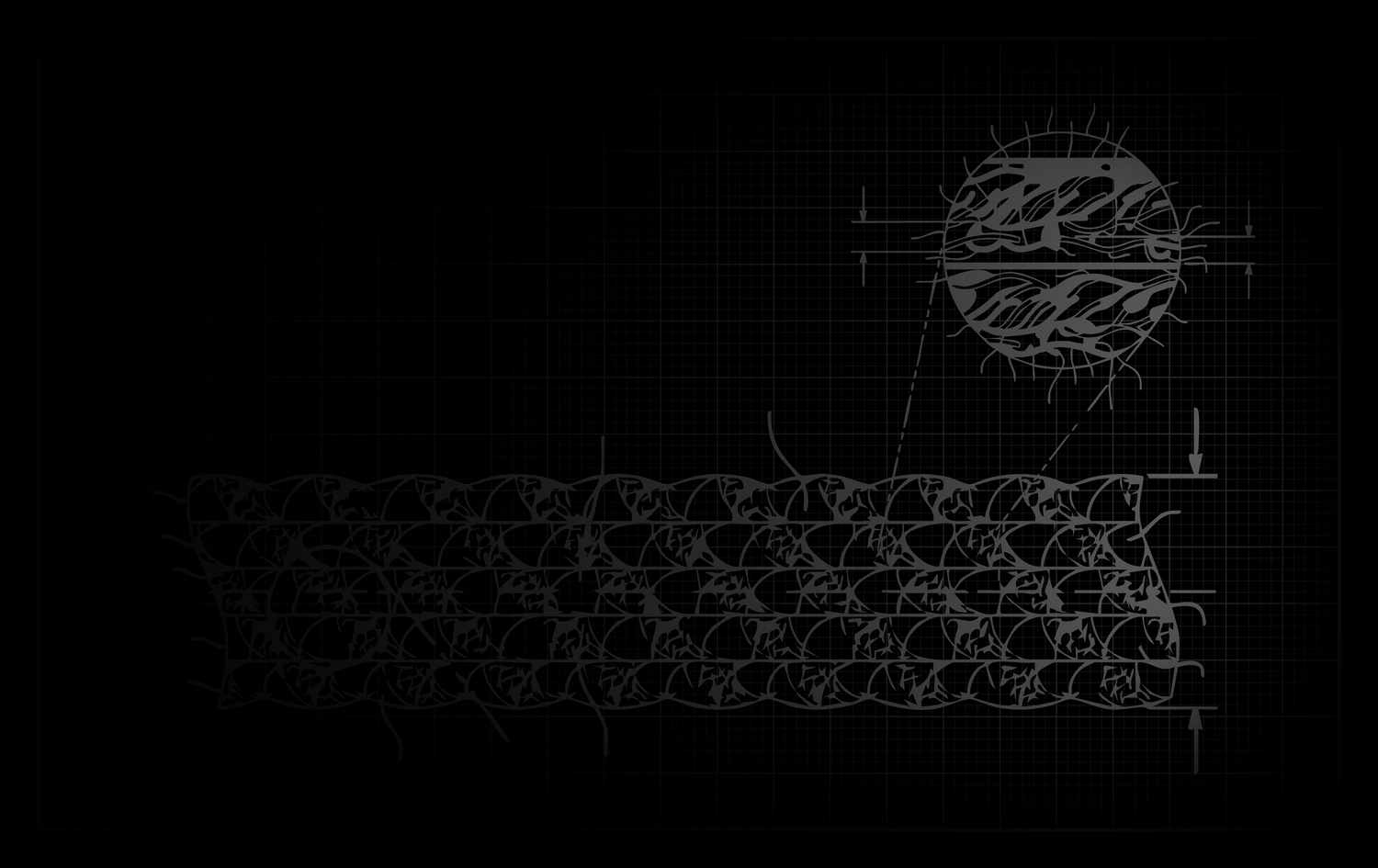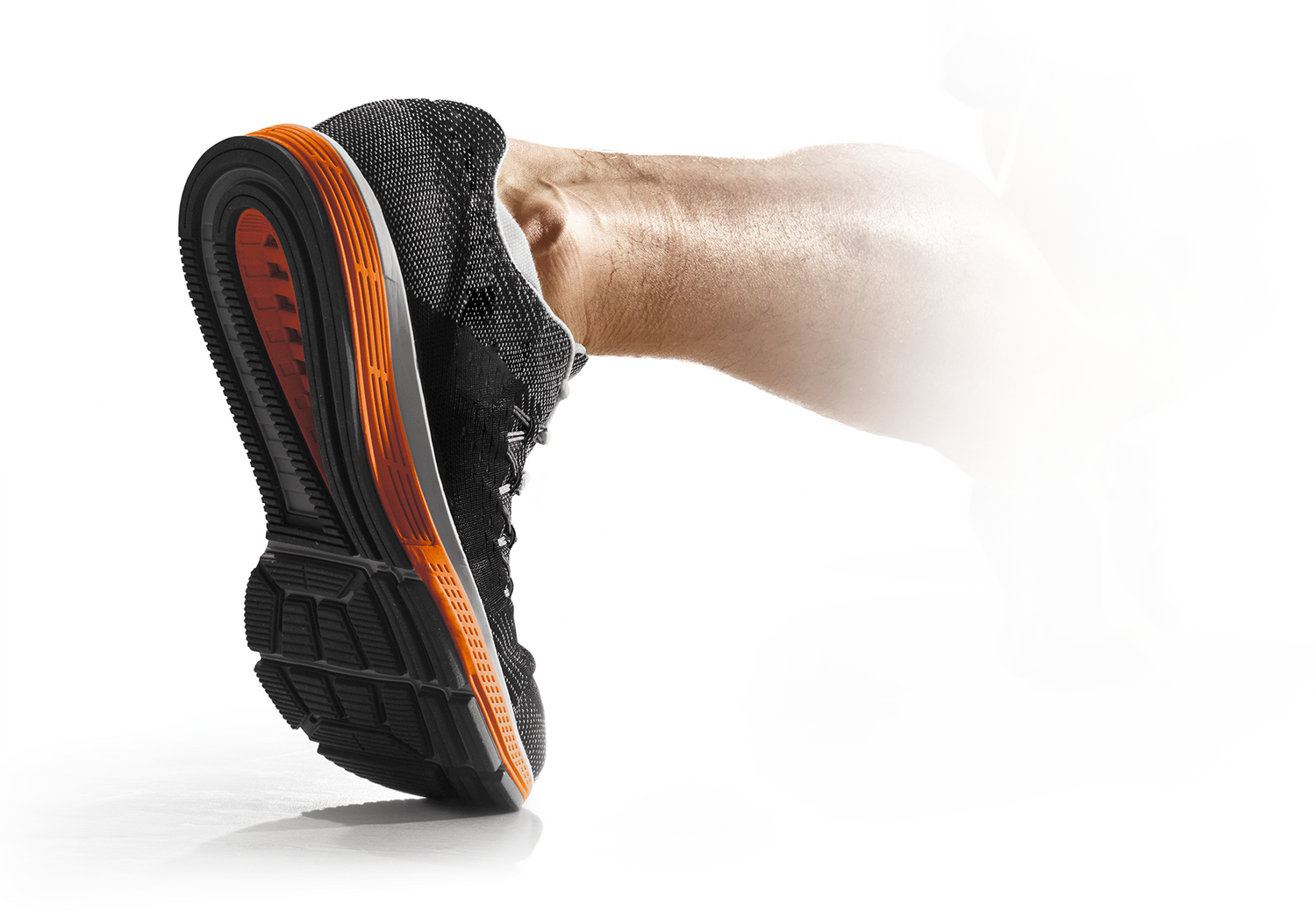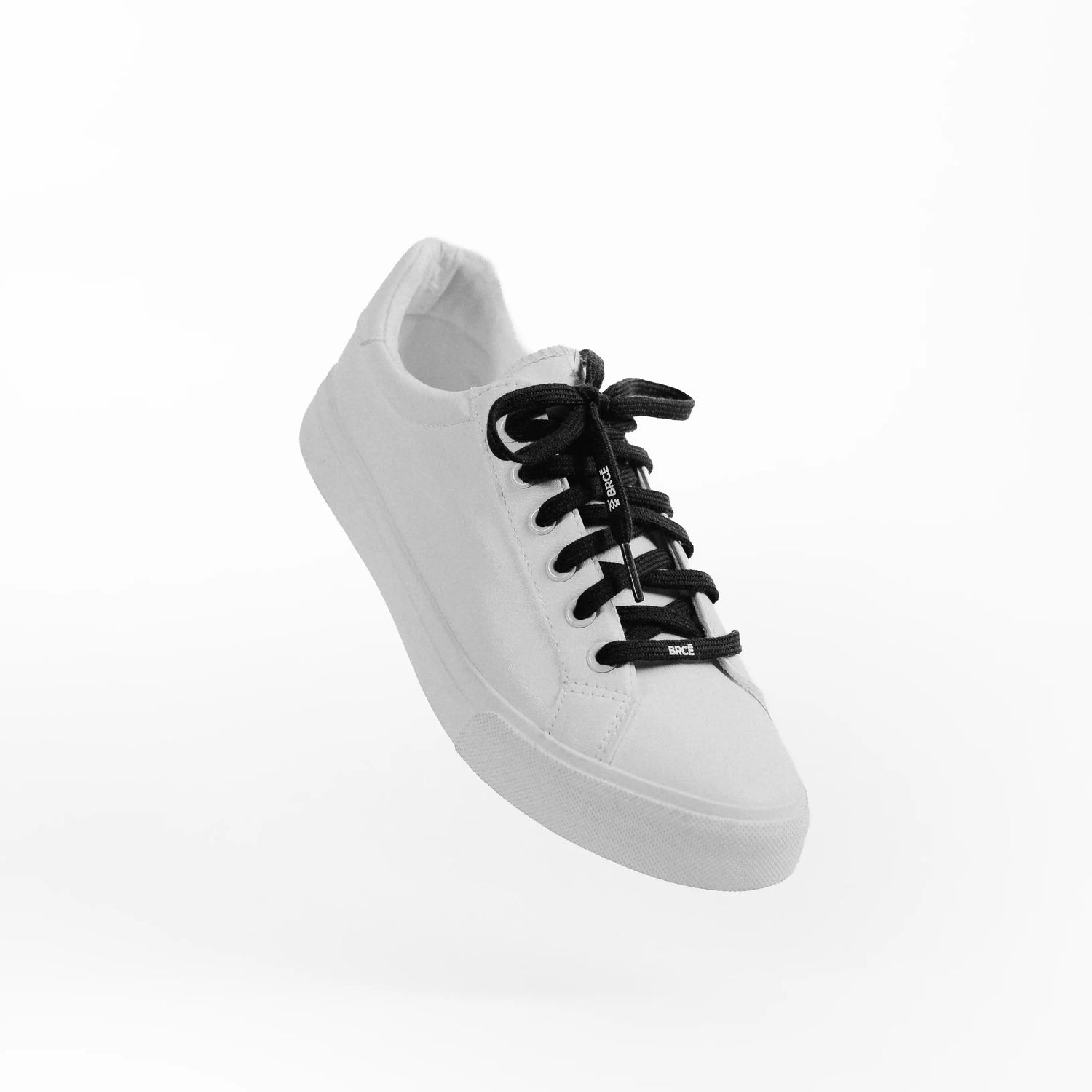your fit stays consistent
Why Shoelaces?
Shoelaces are the primary anchor between your foot and
your footwear. They control how your foot sits, moves, absorbs force, and
responds to the ground. When laces loosen—even slightly—the foot shifts. That
shift reduces stability, weakens power transfer, and increases the risk of
rolled ankles, slips, and injury.
Traditional shoelaces were never designed for modern movement.
Traditional shoelaces rely on basic friction, which decreases with sweat, heat, motion, and time. The more you move, the looser they get.
- That’s why traditional laces come untied.
- That’s why your ankles feel unstable after 20-40 minutes of activity.
- That’s why athletes re-tie during games.
- That’s why workers double-knot just to get through a shift.
This means BRCĒ laces never quit.
No Re-Tying
Better Ankle Stability
Grip tightly to footwear eyelets and uppers.
More Power & Control
Provide enhanced ankle lockdown, critical for performance and injury prevention.
Less Fatigue
Are shaped and tension-calibrated (round/flat, 3–15 mm wide) for different sports.

the science behind BRCĒ Laces
A Micro-Grip Revolution in Textile Engineering.
How our laces work
Protected by U.S. Patent #12,408,733 and international PCT filings, BRCĒ’s Lattice Grip Technology™ re-engineers how materials grip and hold tension.
BRCĒ laces introduce engineered micro-ridge structures—think microscopic scales—woven throughout the lace fibers. When the lace is tied and tension is applied, these microscopic ridges interlock with one another, creating a dynamic mechanical grip that holds up under motion, sweat, pressure, and force.
Micro-hooks
Tiny protrusions that latch onto the opposite layer.
Micro-Ridges
Fine surface textures that interlock across layers.
BRCĒ laces give a stable, secure fit that stays even in intense and demanding sports. Our laces shake off sweat, impact, weather, cutting and pivoting, kneeling, climbing, lifting and stay tied through long training sessions and shifts.



